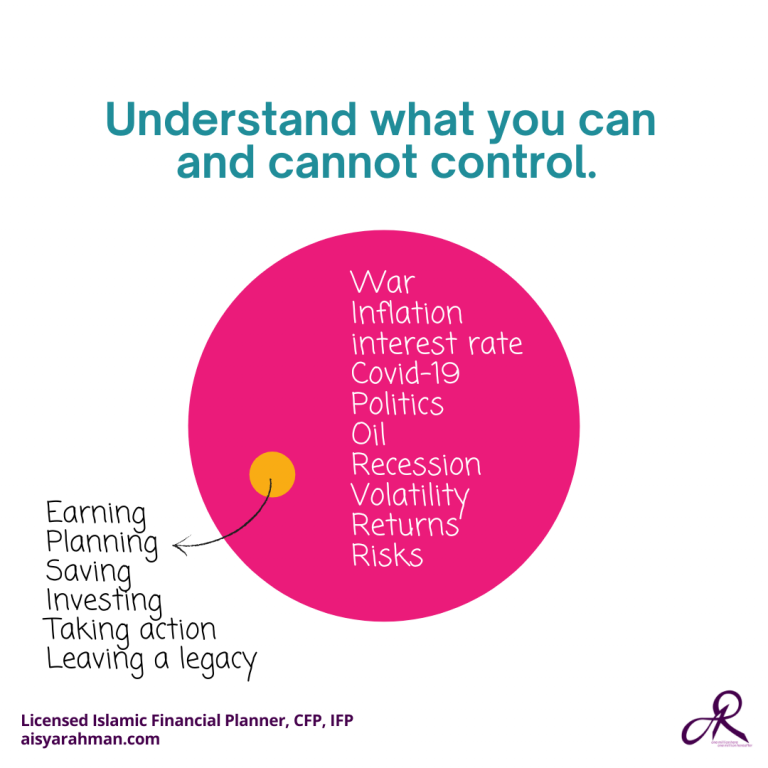When it comes to managing your finances, two essential strategies often come to mind: saving and investing. While both play a crucial role in achieving financial security, knowing when to prioritize one over the other can be tricky. In this guide, we’ll break down the differences between saving and investing, explore when to use each strategy, and provide actionable steps to help you build a financially secure future.
What’s the Difference Between Saving and Investing?
Saving
Saving means setting aside a portion of your income in a safe, accessible place, like a savings account. The primary goal of saving is to have money available for short-term needs or unexpected expenses. Savings accounts offer security and liquidity but typically provide low returns. This makes saving ideal for emergencies or planned purchases within the next few months to a few years.
Investing
Investing, on the other hand, involves putting your money into assets like stocks, bonds, mutual funds, or real estate. The goal is to grow your money over time, but this comes with a higher level of risk compared to saving. While investments can fluctuate in value, they typically yield higher returns over the long term, making them suitable for long-term goals like retirement or wealth building.
When Should You Save?
Saving is all about creating financial stability. Here are key scenarios when saving is the best approach:
1. Building an Emergency Fund
An emergency fund is your financial safety net for unexpected events like medical bills, car repairs, or job loss. Experts recommend saving three to six months’ worth of living expenses to ensure you’re prepared for life’s uncertainties.
2. Short-Term Goals
If you’re planning a vacation, buying a car, or saving for a big event like a wedding, saving is the way to go. A savings account offers easy access to your money when you need it without the risks associated with investing.
3. Peace of Mind
For many, having a savings cushion provides a sense of financial security. Knowing that you have money readily available can reduce stress and help you sleep better at night.
When Should You Invest?
Investing is a powerful way to grow your wealth over time. Here’s when investing makes sense:
1. Achieving Long-Term Goals
If you’re saving for something 5 to 10 years (or more) in the future, like retirement or your children’s college education, investing can help your money grow faster than saving. By staying invested over the long term, you benefit from compounding—where your earnings generate even more earnings.
2. Fighting Inflation
Inflation, the gradual rise in the cost of goods and services, erodes the purchasing power of money saved in a low-interest account. Investing in assets like stocks, mutual funds, or exchange-traded funds (ETFs) can help your money outpace inflation, preserving and increasing its value.
3. Growing Your Retirement Savings
For retirement, saving alone won’t cut it. Investing in retirement accounts like an Employee Provident Fund (EPF), a 401(k), or a personal investment portfolio is essential to achieving long-term financial security. While investing involves risks, it provides opportunities for higher returns, ensuring your money grows and works for you even after you stop working.
4. Diversifying Income Streams
Investing allows you to create additional sources of income. Dividend-paying stocks, rental properties, or peer-to-peer lending can provide passive income, giving you more financial freedom over time.
Balancing Saving and Investing
The key to financial success is balancing saving and investing based on your goals, timeframe, and risk tolerance. Here’s how you can determine the right mix:
1. Start with Savings
Before investing, focus on building an emergency fund. This safety net ensures that you’re not forced to sell investments prematurely if unexpected expenses arise.
2. Define Your Goals
Identify what you’re saving or investing for and when you’ll need the money. Short-term goals (1-3 years) usually call for saving, while long-term goals (5+ years) are better suited for investing.
3. Assess Your Risk Tolerance
How comfortable are you with the idea of your investments fluctuating in value? If you’re risk-averse, consider safer investment options like bonds or conservative mutual funds. If you’re open to more risk, stocks and ETFs can offer higher returns.
4. Automate Your Finances
Set up automatic transfers to both savings and investment accounts. This ensures consistency and helps you stay on track with your financial goals.
Conclusion
The decision between saving and investing doesn’t have to be an either-or choice. Both are essential components of a well-rounded financial plan. Saving provides the stability and security you need to handle short-term expenses, while investing offers the growth potential to achieve long-term goals and build wealth.
Remember, the earlier you start saving and investing, the more time your money has to grow and work for you. By understanding when and how to use each strategy, you’ll set yourself up for a financially secure and fulfilling future.
So, whether you’re building an emergency fund, saving for a vacation, or planning for retirement, take the first step today and start making your money work smarter for you!
Want to learn more about financial literacy? Download our free ebook here to get started on your financial journey!
Also, for agents only, join us at our Women & Wealth Mastery (Agent’s Edition) on 4th February, where we’ll share expert strategies and insights designed specifically for women like you. It’s time to take control of your financial future and unlock new income streams. Let’s embark on this transformative journey together!
Reserve your seat now at womenwealthworkshop.com.my









